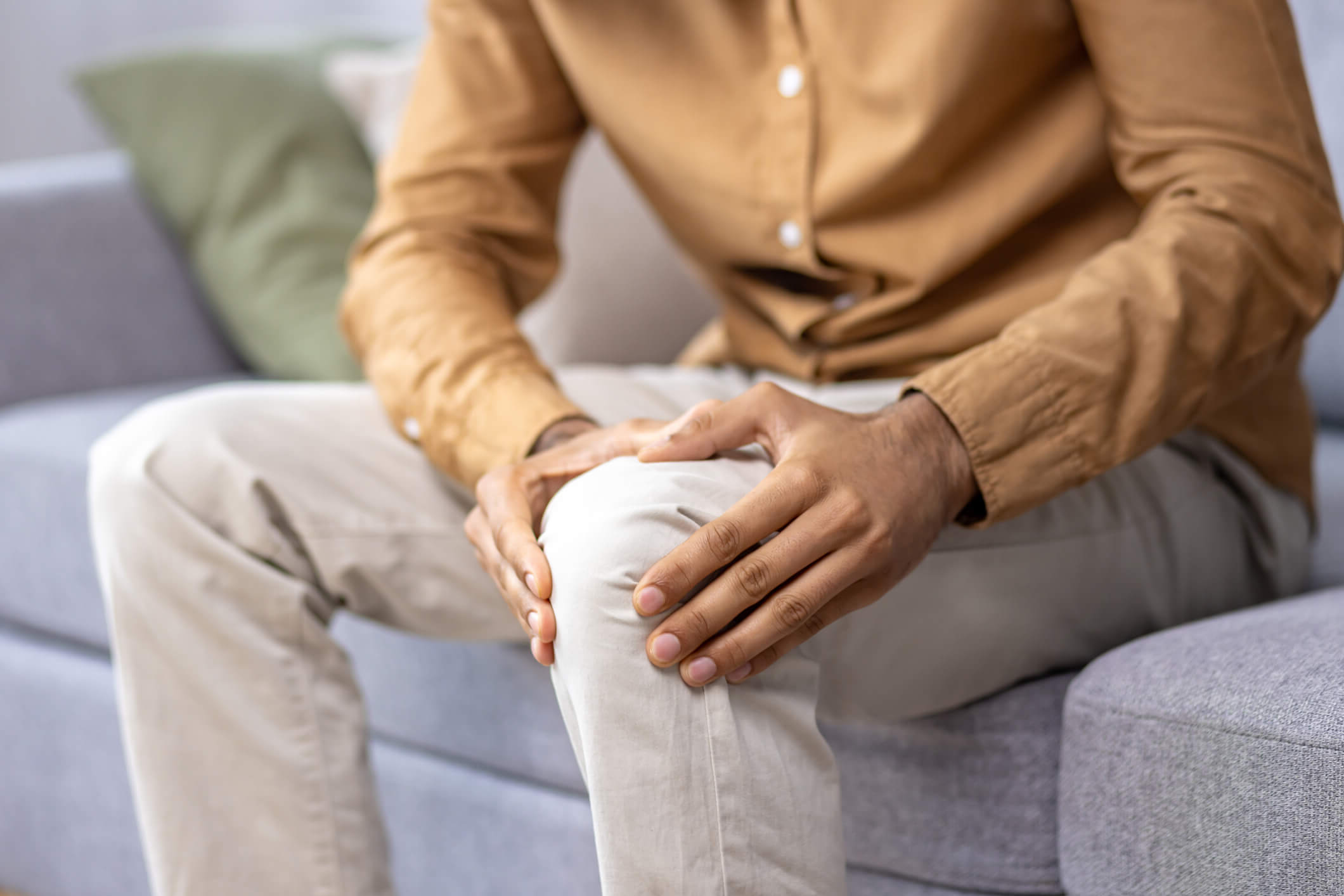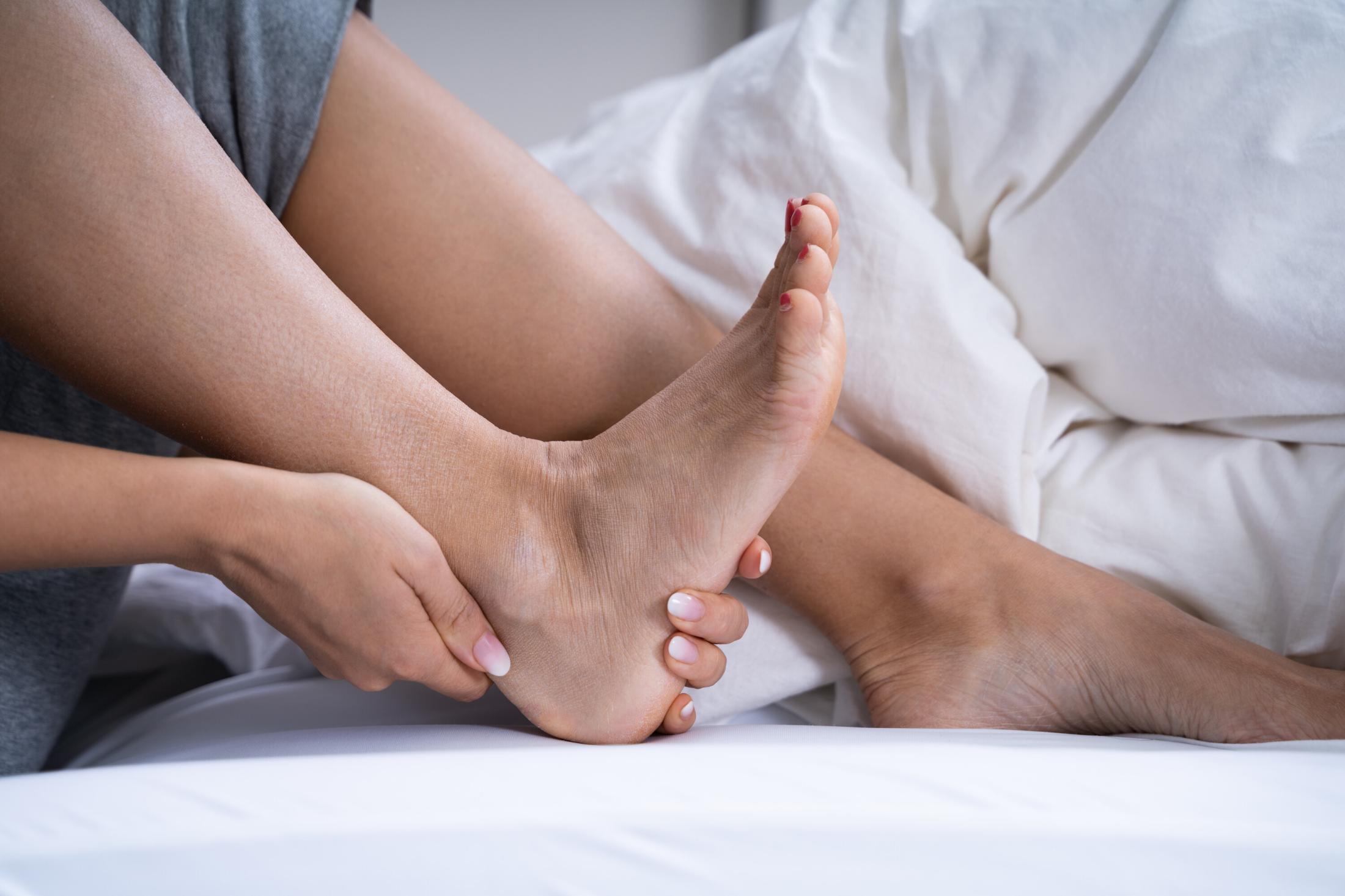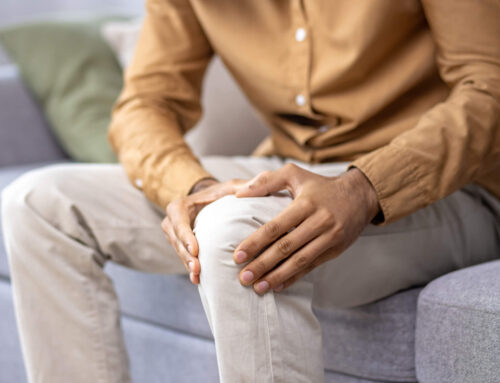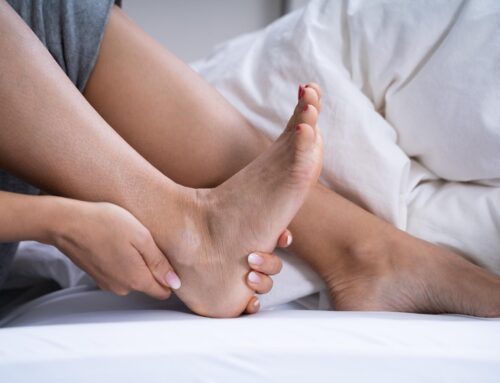Pediatric foot orthotics are specialized devices designed to support and align the feet and lower limbs of children. These custom-made inserts fit comfortably inside a child’s shoes, helping to correct various foot and gait abnormalities, including in-toes (intoeing) and out-toes (outtoeing). By providing the necessary support, orthotics can play a crucial role in promoting healthy foot development and improving overall mobility.
Addressing in-toes and out-toes in children is crucial for several reasons. Intoeing and outtoeing can lead to discomfort, imbalance, and difficulties in walking or running. If left uncorrected, these conditions can contribute to long-term musculoskeletal issues and affect a child’s posture and physical performance.
Early intervention with pediatric foot orthotics can help prevent these complications, ensuring that children can move freely and confidently as they grow.
In-Toes and Out-Toes
In-toes and out-toes, also known as intoeing and outtoeing, occur when the feet turn inward or outward, respectively. Parents often notice these conditions in their children and may find them concerning.
In-Toes (Intoeing)
Intoeing, or pigeon toes, is when a child’s feet point inward instead of straight ahead when walking or standing.
- Metatarsus adductus: A curvature of the foot that is present at birth.
- Tibial torsion: An inward twisting of the shin bones, which can be congenital or develop as the child grows.
- Femoral anteversion: An inward twisting of the thigh bone, leading to the knees and feet turning inward.
Out-Toes (Outtoeing)
Outtoeing, on the other hand, occurs when a child’s feet point outward.
- External tibial torsion: An outward twisting of the shin bones.
- Femoral retroversion: An outward twisting of the thigh bone.
- Hip conditions: Certain hip disorders present from birth can lead to outtoeing.
Potential Effects on Children’s Gait and Development
While in-toes and out-toes are often part of normal development and may correct themselves over time, they can sometimes affect a child’s gait and overall development. Intoeing and outtoeing can lead to:
- Tripping and falling
Children may be more prone to stumbling due to the abnormal positioning of their feet. - Difficulty in physical activities
Running and other sports might be challenging, impacting a child’s participation and confidence. - Long-term musculoskeletal issues
If not addressed, persistent intoeing or outtoeing can contribute to joint problems and abnormal walking patterns in adulthood.
Empowering Little Feet and Pediatric Foot Orthotics
Pediatric foot orthotics play an important role when addressing in-toes and out-toes, providing the necessary support and correction to guide proper foot development. These specialized orthotic devices are designed to fit comfortably inside a child’s shoe, offering a tailored solution that caters to individual needs.
Corrective Benefits of Orthotics
Orthotics can help correct in-toes and out-toes by:
- Realigning the foot and ankle
Orthotics are custom-designed to support the natural arch of the foot and promote proper alignment of the foot and ankle. - Redistributing pressure
By providing a balanced distribution of pressure across the foot, orthotics can prevent abnormal walking patterns and reduce the risk of developing further complications. - Enhancing stability and balance
Properly fitted orthotics can improve a child’s stability and balance, making physical activities more comfortable and reducing the likelihood of falls.
Types of Orthotics for In-Toes and Out-Toes
There are various types of pediatric foot orthotics, each tailored to address specific conditions:
- Prefabricated orthotics
Manufacturers produce these ready-made devices to offer general support, making them a suitable starting point for mild cases of in-toes or out-toes. - Custom-made orthotics
For more severe or specific cases, professionals craft custom-made orthotics based on a detailed assessment of the child’s foot, ensuring a perfect fit and targeted correction. - Gait plates
Specifically designed for children with in-toeing or out-toeing, gait plates have a unique shape that guides the foot into a more neutral position during walking, promoting a healthier gait pattern. - Ankle-foot orthoses (AFOs)
When additional ankle support is necessary, healthcare providers can use AFOs to stabilize the ankle and lower leg, further assisting in the correction of in-toes and out-toes.
Selecting the Right Orthotics for Your Child
Selecting the right pediatric foot orthotics for your child is a crucial step in ensuring effective treatment and promoting healthy foot development.
Factors to Consider When Choosing Pediatric Foot Orthotics
- Child’s Specific Condition
Understand the nature and severity of your child’s foot condition. Different types of orthotics are designed to address specific issues like in-toes, out-toes, flat feet, or high arches. - Age and Activity Level
Consider your child’s age and how active they are. Younger children or those engaged in sports may require more durable or flexible orthotics. - Material and Comfort
Orthotics come in various materials, from soft, cushioned options to firmer, more supportive ones. Choose a material that provides the right balance of comfort and support for your child’s needs. - Shoe Compatibility
Ensure that the orthotics fit well within your child’s shoes. They should not be too tight or cause the shoes to fit improperly. - Growth Considerations
Children’s feet grow quickly, so it’s important to regularly check the fit of the orthotics and replace them as needed.
Custom-Fit Orthotics for Effective Treatment
Custom-fit orthotics are specifically designed based on the unique contours of your child’s feet, providing precise support and correction.
- Tailored Support
Custom orthotics are crafted based on a detailed assessment of your child’s feet, providing targeted support and correction for their specific condition. - Improved Comfort
Because they are made to fit the exact shape of your child’s feet, custom orthotics tend to be more comfortable, encouraging consistent use. - Better Outcomes
Custom-fit orthotics are more likely to address the underlying issues effectively, leading to better long-term outcomes in terms of foot development and function. - Reduced Risk of Complications
Properly fitted orthotics reduce the risk of skin irritations, blisters, and other complications that can arise from ill-fitting devices
Healthy Feet with Orthotics
Addressing in-toes and out-toes with pediatric foot orthotics is essential for promoting healthy foot development and ensuring that children can move comfortably and confidently. Orthotics provide the necessary support and correction to guide the feet into proper alignment, preventing potential complications and enhancing overall mobility.
We encourage parents to seek professional consultation for personalized care. At Care-Med, our experienced team specializes in custom-made orthotics, ensuring that each child receives the best possible solution for their specific needs.
Don’t hesitate to reach out to us for a comprehensive assessment and tailored orthotic solutions that will set your child on the path to healthy feet and a more active lifestyle.
Share This Story, Choose Your Platform!
Table of Contents
We specialize in orthotics, body braces, and compression wear tailored to your unique needs in Toronto. Reach out to us at info@caremed.care or call 416-782-5353 to book your fitting and consultation.
Experience the difference of customized solutions designed just for you.











